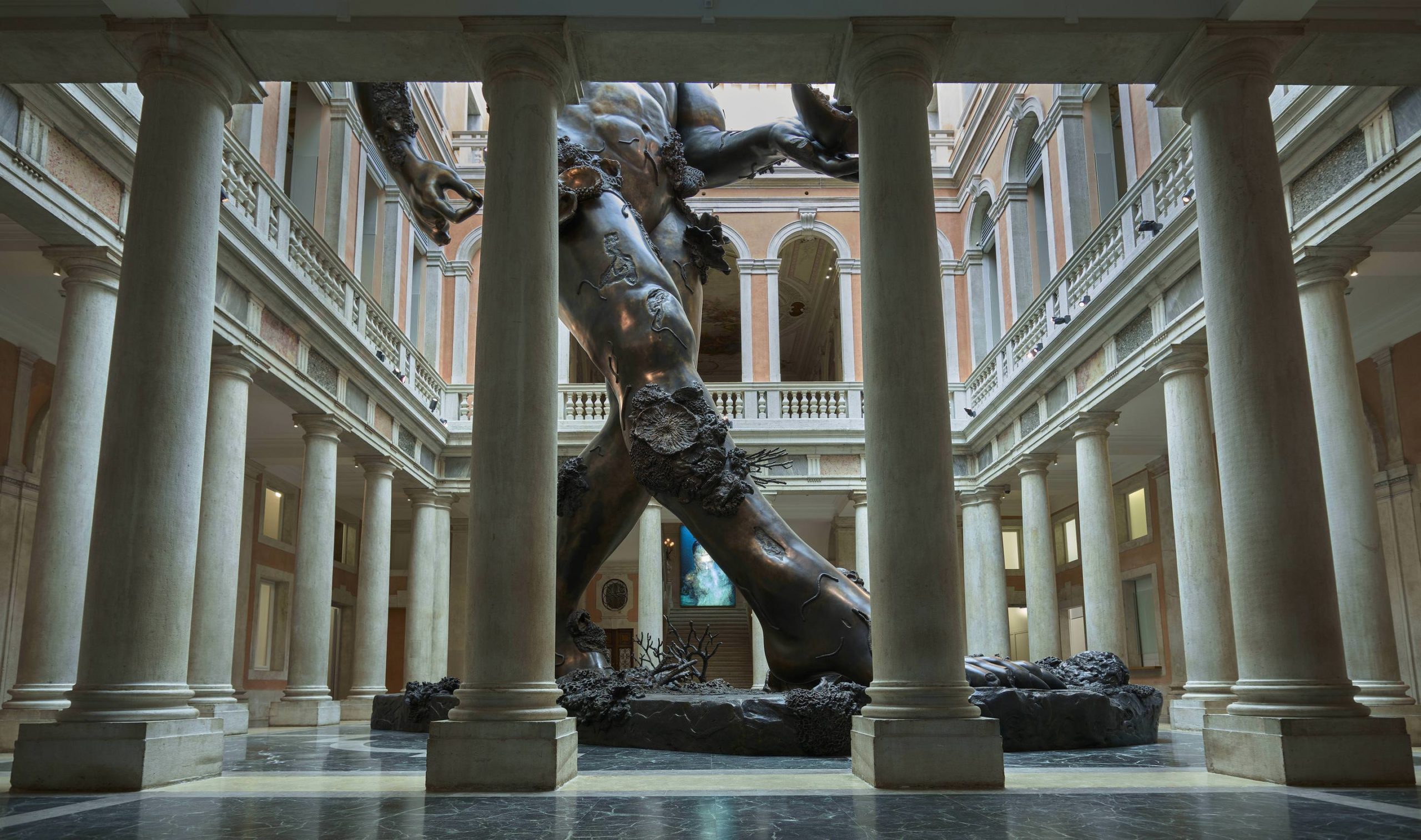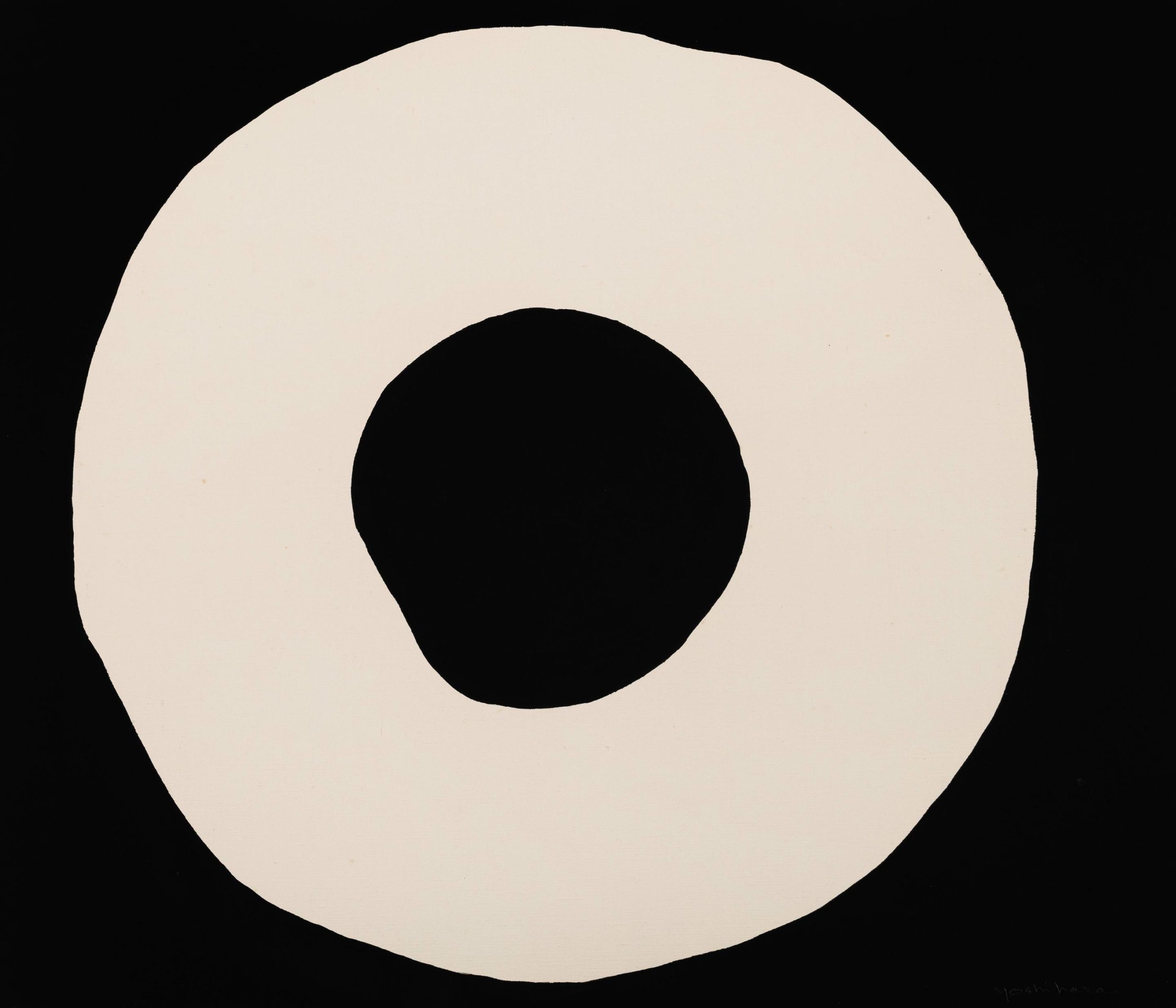We’re kicking off The Ascent in 2017 by talking with Catherine Morris, the Sackler Family Curator for the Elizabeth A. Sackler Center for Feminist Art at the Brooklyn Museum.
The Brooklyn Museum launched a museum-wide series last October called “A Year of Yes: Reimagining Feminism at the Booklyn Museum,” with shows and programs running through early 2018. The project celebrates 10 years of the Sackler Center and kicked off with “Beverly Buchanan—Ruins and Rituals” (through March 5, 2017), followed by Marilyn Minter’s “Pretty/Dirty” (through April 2, 2017), and upcoming exhibitions like “Georgia O’Keeffe: Living Modern” (March 3–July 23, 2017), “We Wanted a Revolution: Black Radical Women, 1965–85” (April 21–September 17, 2017), and “The Roots of The Dinner Party” (opening October 20, 2017).
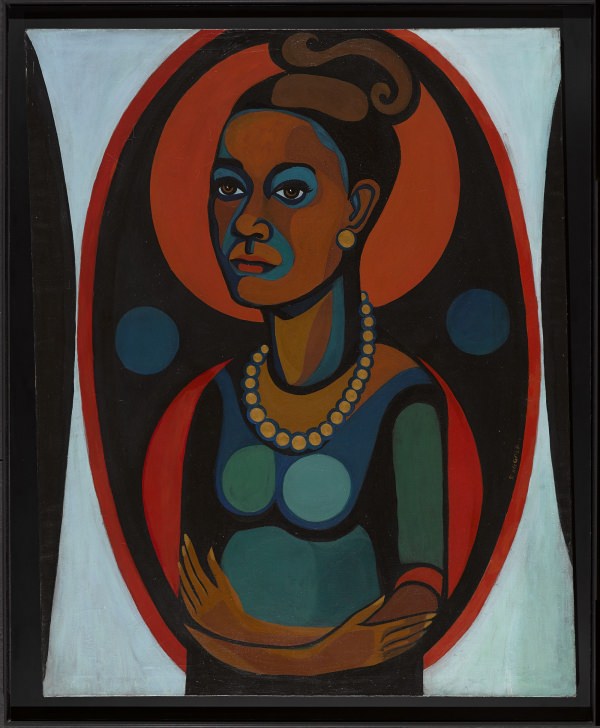
Faith Ringgold, Early Works #25: Self-Portrait, 1965, Photo by Sarah DeSantis, courtesy of the Brooklyn Museum.
As women’s access to healthcare continues to be threatened by state representatives led by House Speaker Paul Ryan, our conversation feels particularly relevant this week. Morris discussed with me “A Year of Yes,” how feminism frames the way we look at art, and why after the election, she no longer feels the need to consider whether or not we need a center for feminist art.
WHITEWALL: I’m always interested to learn how curators originally got into their field. What kind of experience did you have with art as a young person?
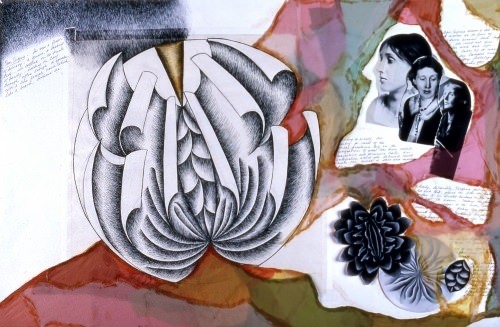
Judy Chicago, Study of Virginia Woolf plate, 1977, photo by Donald Woodman, Judy Chicago/ARS, Courtesy of the Brooklyn Museum.
CATHERINE MORRIS: I grew up in Washington, D.C. and one thing I still really miss about Washington, D.C. is that the museum’s were free. The National Gallery, The Hirshhorn, and The Smithsonian, were very much a part of my life. I credit that for having a very profound impact on my ability to be able to spend time with art and in museums, using them as a resource in a way that is much harder to when you have to think about paying.
WW: My dad, when I was young, lived outside D.C. and when us four kids would go stay with him we would always go to the museums—it was great for us but also great for him because it was free!
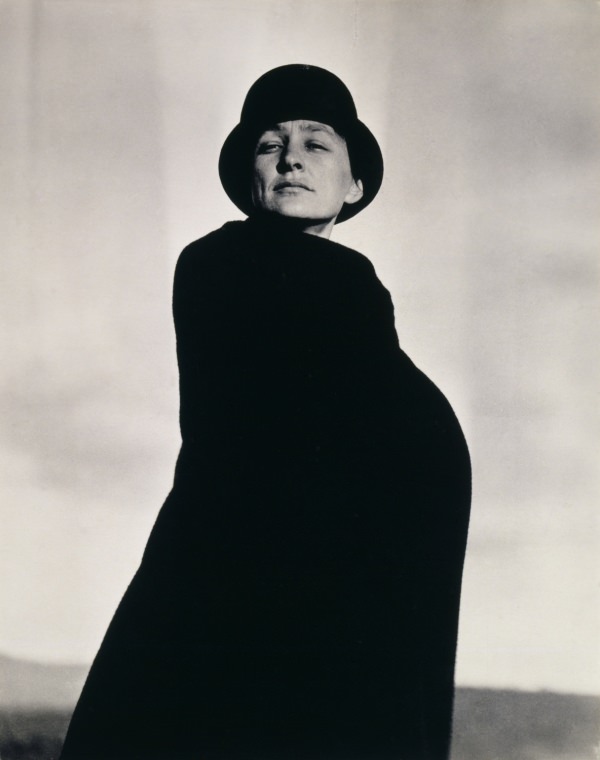
Alfred Stieglitz, Georgia O’Keeffe, circa 1920-22, Georgia O’Keeffe Museum.
CM: That followed me through my life, that kind of access…thinking about the election now, you know, civics worked for me!
WW: These things are important! And prior to joining the Brooklyn Museum in 2009, you worked as an independent curator.
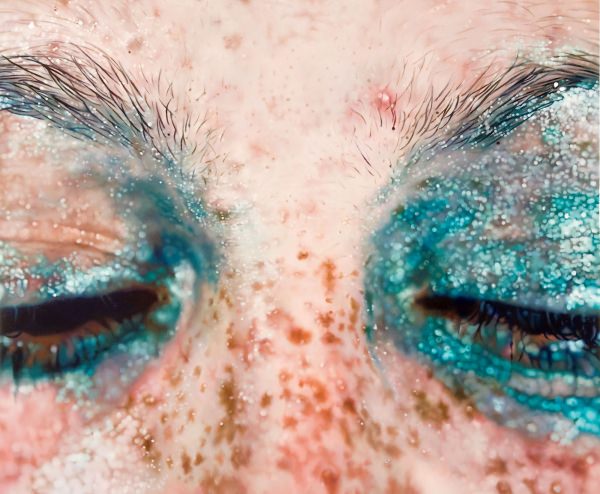
Marilyn Minter, Blue Poles, 2007, Courtesy of the Brooklyn Musem.
CM: Yes. I did not land here from any traditional or typical trajectory. I do not have a Ph.D.—I did a Masters in New York here at Hunter, worked in the commercial end of the art world for a while, and was an independent curator for the better part of a decade. I worked with a lot of institutions nationally and internationally doing projects but I never worked in an institution until I landed here.
WW: What interested you in this more permanent role? Was it the Sackler Center, specifically?
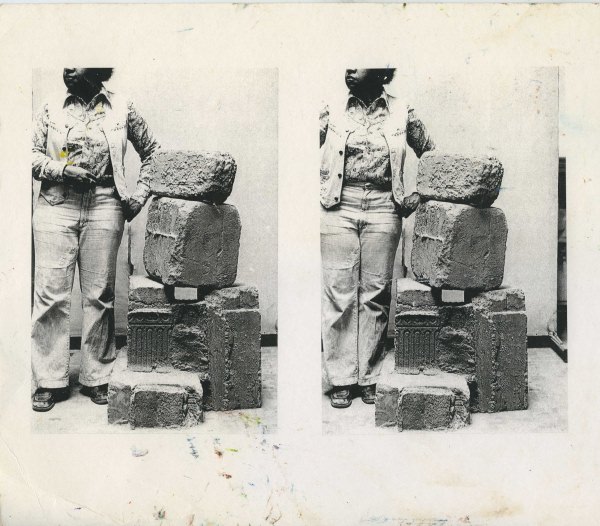
Beverly Buchanan, Untitled, n.d., Estate of Beverly Buchanan.
CM: I was incredibly honored and lucky that the Brooklyn Museum approached me about this job. I think that was absolutely a no-brainer. Having said that, doing independent work prepared me in a lot of ways. Though I didn’t understand what it meant to be an institutional person until I was here, and that’s a dramatic change in terms of the way I conceive of exhibitions.
WW: In terms of the consideration of a larger audience?
CM: Yes absolutely. I think most of my experience as an independent curator was much more art world-focused organizations. The first curating I did was with local non-profits like Printed Matter and White Columns. Having said that, for more than five years I was also an adjunct curator at the Philbrook Museum in Tulsa, Oklahoma. And that was also a wonderful opportunity to learn what it’s like to work with a diverse audience—an audience who not only knew very little about contemporary art but who was highly suspicious of it. I really enjoyed that. I enjoyed having to constantly reframe my own discussions of art history in order to legitimize and contextualize why a Fred Sandback is art, or something like that.
WW: I wonder, too, with your current role, are there some misconceptions or expectations of what feminist art is that you come up against?
CM: I think that’s what I’m interested in and that’s largely what my curating has been focused on. In spite of all of the work that needs to be done, there are so many excellent curators out there in the world thinking about feminism, thinking about women artists, making really important shows. This fall in New York City alone is amazing in terms of the wealth of opportunities and the number of curators presenting work, that have been thinking about that context for a long time. So for me sitting on the title of Curator for a Feminist Center, it’s important to be thinking beyond that.
The Center for Feminist Art is obviously built on the history of second wave feminism and grows from the feminism that Judy Chicago’s The Dinner Party (1974-79) represents. It grows on the specific historical art historical period that we would call feminist art. But I don’t think we’re a center that’s focused on a historical period. I think that feminist art of the 1960s, 70s, and 80s is one of the most important art historical developments of the latter 20th century. We build on that. But what we also need to be doing is speaking about the currency of feminism and what the current dialogue around feminism needs to be for multiple people, generations, and communities. The way that I try and do that is not to think of curating feminist artists per se, so much as to think about feminism as a methodology to think about curating.
I’m much more interested in the idea of feminism as universal socio-political construction that we all need to talk about. We’ve done many exhibitions that focus on artists who would never identify themselves as feminists, but we can talk about them in relationship to the way that feminism has influenced the way we look.
Feminism is a socio-political construction that is valuable in talking about visual culture and much more valuable in my opinion then some discussion of gender binary.
WW: This year the museum is presenting “A Year of Yes” series. What prompted this major focus, beyond the fact that it’s the Sackler Center’s 10-year anniversary?
CM: The creative idea had to do with exactly what we’re talking about. The extension of the Sackler Center is not a discreet little space within the Brooklyn Museum that shows feminist art. The Sackler Center, by virtue of its existence in the Brooklyn Museum, gives the opportunity to think differently about everything else in this institution.
WW: So this is a chance to reframe that institution, with shows like “A Woman’s Afterlife: Gender Transformation in Ancient Egypt”?
CM: That’s the perfect example of creative thinking within the field of Egyptology that allows us to look at work that in and of itself has nothing to do with feminism, but where feminist thinking has given us opportunities to not think within the confines that we traditionally have when we look at historical objects.
The other thing I should bring up, which is really important to the Center and vitally connected to its identity, is our programming. In the past 10 years, understanding the way that programmatic calendars function is vitally important to the identity of the Center. We’ve worked with that impulse since our founding. That’s why we’re a “Center for Feminist Art,” and not “Galleries of Feminist Art.”
WW: Are there any programs that you would say are a bit experimental this year, something you haven’t done before that you’re testing out for the future?
CM: The program we did with Marilyn Minter, sadly the day after the election, is an example. That was a model that we haven’t used here. It was something that Nancy Spector was interested in doing and Marilyn was game. It was an interesting way of introducing an artist like Marilyn by having her do a series of interviews with different people from her life. Marilyn did six rapid-fire interviews with somebody from Planned Parenthood, the East Village scene, other artists..
WW: “A Year of Yes” is also addressing gaps in the canon of art history, like with the Beverly Buchanan show.
CM: Beverly Buchanan is an artist who is largely overlooked and whose contributions really do reframe some art movements and art practices that we think we know pretty well. That changes the conversation about feminism and that’s incredibly exciting to me.
The other exhibition that we have that pushes on accepted discussions about feminism is the exhibition that opens in April, “We Wanted a Revolution: Black Radical Women 1965-1985.” And that’s a conversation that has to do with the way that second wave feminism didn’t work for women of color. For us to celebrate the 10th anniversary of the Sackler Center by talking about what a lot of people perceive as a failure, feels really pertinent to the conversations going on now between women of color and white women. It feels very timely.
WW: It’s interesting, this timing of the anniversary. Had Hillary Clinton been elected it would have felt important. But given the result, now it feels urgent.
CM: That’s a very good distinction, the difference between “important” and “urgent.” Having had conversations about the future of the Sackler Center—what it will look like in the future, asking does a feminist center need to exist forever? Do we need one? Suddenly after this election, I don’t feel like having that conversation anymore. We need one!
WW: We really do!
CM: It feels vitally important that we exist.
The rest of the year will be colored by it, both in terms of its perception but the way that we frame it moving forward and that night we did Marilyn’s interviews we talked a lot about politics because that’s what people wanted to be talking about. People needed to be talking about it. And I think that we have to continue to try and be a gauge of that within our communities.






